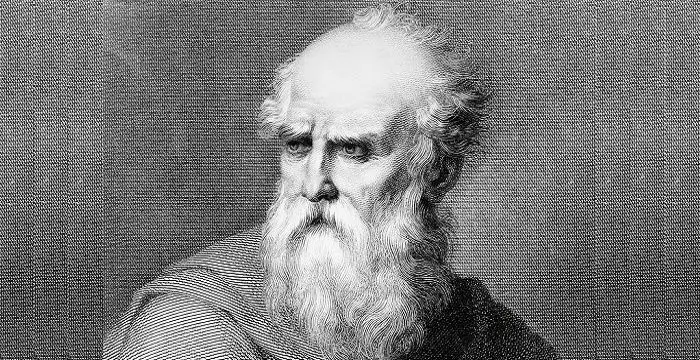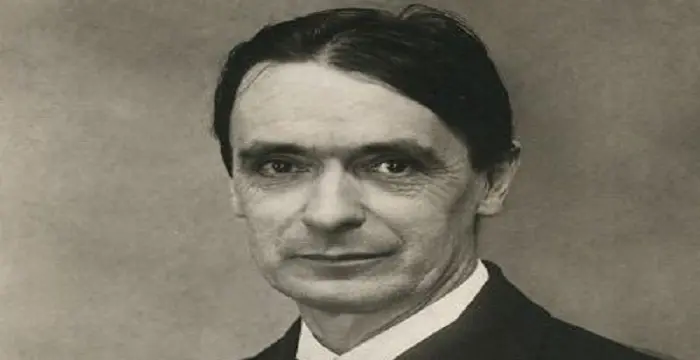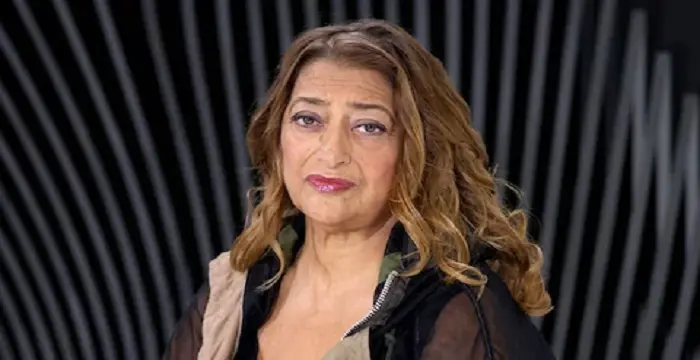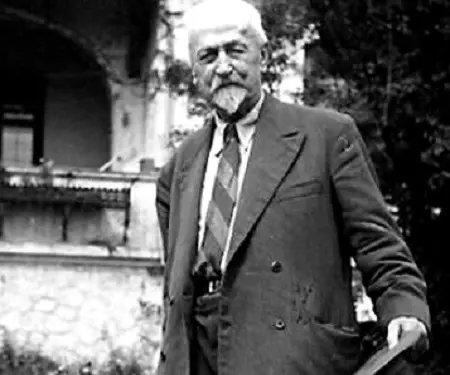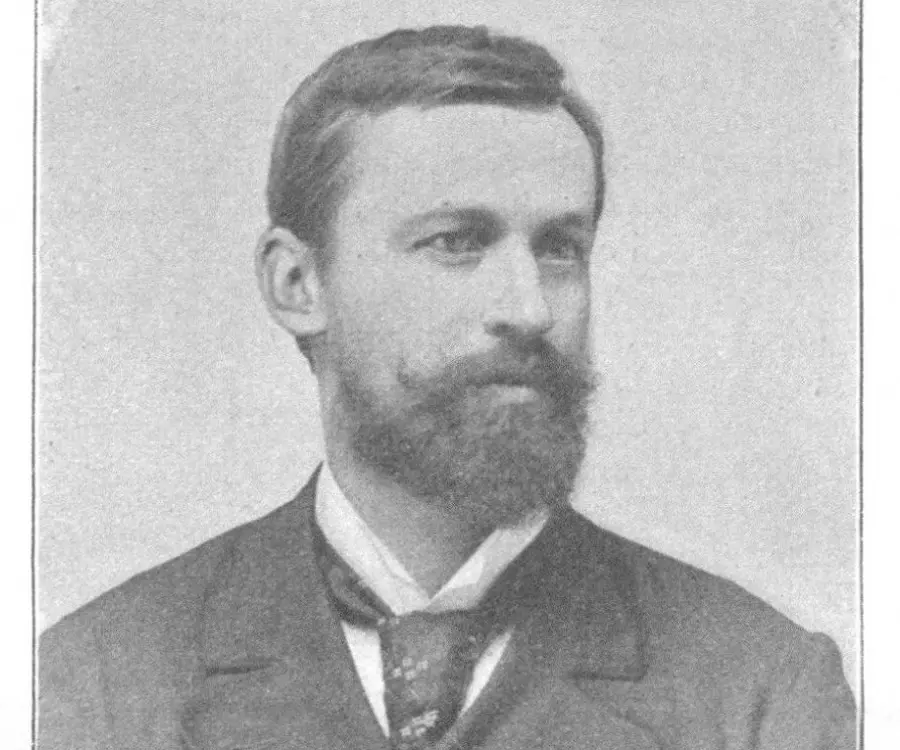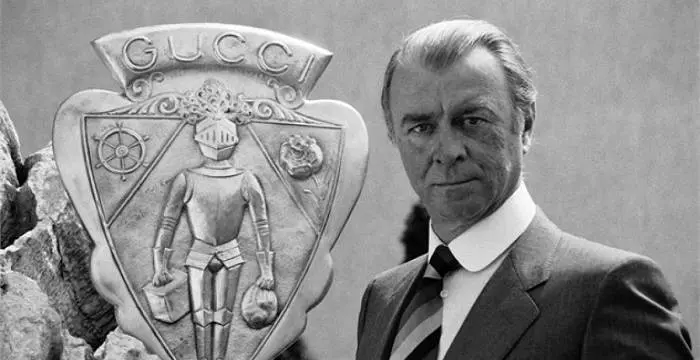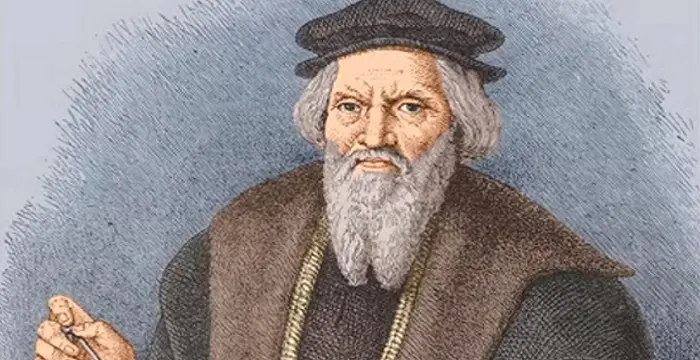
Max Fabiani - Architects, Timeline and Life
Max Fabiani's Personal Details
Max Fabiani was an Italian-Austrian-Slovenian architect of the late 19th and early 20th centuries
| Information | Detail |
|---|---|
| Birthday | April 29, 1865 |
| Died on | August 18, 1962 |
| Nationality | Italian |
| Famous | Architects |
| Known as | Maks Fabiani |
| Universities |
|
| Birth Place | Kobdilj |
| Gender | Male |
| Sun Sign | Taurus |
| Born in | Kobdilj |
| Famous as | Architect |
| Died at Age | 97 |
// Famous Architects
Vitruvius
Vitruvius was a Roman architect, author, and military engineer during the 1st century BC. Check out this biography to know about his childhood, family life, achievements and fun facts about his life.
Rudolf Steiner
Rudolf Steiner introduced groundbreaking ideas in realms of spirituality, art, education and agriculture. Check out this biography to know about his childhood, family life, achievements and other facts related to his life.
Zaha Hadid
The famous Iraqi-British architect Zaha Hadid is known for her designs of the ‘Rosenthal Center for Contemporary Art’ and ‘Heydar Aliyev Center’. To know more about her childhood, profile, career and timeline read on.
Max Fabiani's photo
Who is Max Fabiani?
Max Fabiani was an Italian-Austrian-Slovenian architect of the late 19th and early 20th centuries. He is best known for his contributions to the Viennese ‘Secession’ style, which he helped introduce to Slovenia along with architects Ivan Vancas and Ciril Metod Koch. Born to a cosmopolitan, trilingual family, he brought his architectural talents to various areas of the former Austrian Empire, contributing to the Viennese cityscape as well as the architecture of cities and towns that would later be part of Slovenia and Italy. Given the years of his working life, some of Fabiani’s commissions coincided with the need to rebuild cities following the two World Wars. He also designed memorials to commemorate fallen soldiers. Aside from his work as an architect, Fabiani also briefly tried his hands in politics. He was made mayor of Staniel, his hometown, during the 1940s. As a result of his position as well as his fluency in German, he was able to stave off the occupation and destruction of his village during wartime. Fabiani is widely credited for his influential use of the Vienna Secession style, especially in Slovenian architecture. He also served several academic posts, including a professorship at the Technischen Hochschule in Vienna. In later years, he taught art history at a high school in Gorizia
// Famous Taurus Celebrities peoples
Jason Simpson
Jason Simpson is the son of former NFL running back, broadcaster and actor O. J. Simpson. Check out this biography to know about his childhood, family, life, and little known facts about him.
Sophie Reade
Sophie Victoria Reade is a British model and reality show star. Let’s take a look at her family and personal life, including her age, birthday, boyfriends, and some interesting facts.
ASMR Aspen
ASMR Aspen is an American YouTuber. Check out this biography to know about her birthday, childhood, family life, achievements and fun facts about her.
Childhood & Early Life
Fabiani was born on 29 April 1865 in Kobdil bei Staniel, then part of the Austro-Hungarian Empire and part of present-day Slovenia.
He was born into a well-to-do and cosmopolitan family - his father was a Friulian latifundist of Bergamesque ancestry and his mother a Triestine aristocrat with Tyrolean roots.
As a child, he grew up speaking Italian with his family, Slovene with his peers and German in school.
Along with his 13 siblings, he attended elementary school in Kobdilj, followed by Realschule, a form of secondary school, in Ljubljana.
Career
He moved to Vienna to pursue a degree in architecture at the Vienna University of Technology, completing his studies in 1889.
Between 1892 and 1894, he used a scholarship to travel throughout Europe and Asia Minor over the course of nearly three years, including stays in Greece, Italy, Germany, France, Belgium and England.
Following his travels, he returned to Vienna and joined the studio of architect Otto Wagner, remaining with Wagner until 1900.
For his first major plan, he was commissioned to provide urban planning for Ljubljana in the aftermath of the city’s 1895 earthquake, a bid he won due to his familiarity with the city as well as his modern designs.
In 1903 and 1904, he was commissioned to design the national halls in Gorizia and Trieste, largely on the basis of his designs for Ljubljana.
Between 1910 and 1917, he held the position of a professor of ornament and interior decoration at the Technical University of Vienna.
In 1917, he was appointed as a professor at the University of Vienna, a position he retained even when offered a teaching position at the University of Ljubjlana.
In the 1920s, he was central to a reconstruction project, which rebuilt monuments in areas of Italy that had been destroyed during the First World War, mainly along the length of the Julian March.
Between 1924 and 1927, he took a position as an art history teacher at a high school in the town of Gorizia.
In 1935, he was appointed mayor of Stanjel by the National Fascist Party, a position he held throughout the Second World War, during which time he was instrumental in sparing his town from destruction.
Between 1938 and 1962, Fabiani served as an inspector for the Italian cultural heritage foundation, assessing those buildings and monuments deserving of funding toward their preservation or rehabilitation.
In 1944, Fabiani returned to Gorizia and spent the rest of his life there.
Major Works
In 1907, he completed the Mladika Palace in Ljubljana, one of the most architecturally acclaimed elements of his urban planning for Ljubljana in that year.
In 1900, he designed the Palace Artaria, one of Vienna’s most emblematic buildings, which serves today as a publishing house.
In 1902, he designed the Palace Urania in Vienna, a landmark of the Vienna Ring Road, which continues to serve today as a public educational institute and observatory, following extensive rebuilding after the Second World War.
In 1904, he designed the National Hall in Trieste, one of his many works that were used for civic and governmental purposes.
In 1919, he was responsible for the general urban development plan of Monfalcone, Italy.
In 1937, he designed the ‘Tower of Memory’, a memorial to Italian soldiers fallen in the First World War, which was erected in Gorizia, Italy, the town where he lived the final days of his life.
Awards & Achievements
In 1915, he received the Prize of the Community of Vienna for an Exceptional Construction, for his work on the Geschaftshaus in the sixth District of Vienna.
In 1917, he was made a knight of the Red Eagle Order (‘Ritter des Roten-Adler-Ordens).
On 10 September, 1951, he was awarded the Italian Order of Merit for Culture and Art.
At age of 80, he was honored with a ‘Golden Doctorate’ by the Vienna University of Technology.
He was also awarded knighthoods and honors from various orders, including being named a knight of the Franz-Josefs-Orden, the Ehrenlegion and the Vatikanischen Verdienst-Ordens.
Personal Life & Legacy
He was married to Francesca di Rochi but the couple later separated. Together, they had two children - Carlotta and Lorenzo. Lorenzo went on to become a well-known agronomist and journalist.
He died on August 18, 1962 in Gorizia, northern Italy.
The highest Slovenian award for excellence in urban planning has been named after his famous architect since 2008.
Trivia
A widely circulated but unlikely myth regarding Fabiani is that a young Adolf Hitler once briefly worked in his architecture firm in Vienna.
In Vienna’s Simmering District, the street Fabianistrasse was so named in 1984 as a tribute to Fabiani. There are numerous streets bearing his name in Ljubljana and Gorizia
// Famous Italian peoples
Pietro Boselli
Pietro Boselli is an Italian model, engineer, teacher, and fitness athlete who became famous as the ‘world’s sexiest math teacher’. Check out this biography to know about his birthday, childhood, family life, achievements and fun facts about him.
Guccio Gucci
Guccio Gucci was a famous fashion designer from Florence, Italy, and the founder of the world-renowned fashion brand ‘Gucci.’ Check out this biography to know about his childhood, family, personal life, career, etc.
John Cabot
John Cabot was an Italian navigator and explorer who was the first European to discover the coast of North America. Check out this biography to know about his childhood, life, and achievements.
Max Fabiani biography timelines
- // 29th Apr 1865Fabiani was born on 29 April 1865 in Kobdil bei Staniel, then part of the Austro-Hungarian Empire and part of present-day Slovenia.
- // 1889He moved to Vienna to pursue a degree in architecture at the Vienna University of Technology, completing his studies in 1889.
- // 1892 To 1894Between 1892 and 1894, he used a scholarship to travel throughout Europe and Asia Minor over the course of nearly three years, including stays in Greece, Italy, Germany, France, Belgium and England.
- // 1895For his first major plan, he was commissioned to provide urban planning for Ljubljana in the aftermath of the city’s 1895 earthquake, a bid he won due to his familiarity with the city as well as his modern designs.
- // 1900Following his travels, he returned to Vienna and joined the studio of architect Otto Wagner, remaining with Wagner until 1900.
- // 1900In 1900, he designed the Palace Artaria, one of Vienna’s most emblematic buildings, which serves today as a publishing house.
- // 1902In 1902, he designed the Palace Urania in Vienna, a landmark of the Vienna Ring Road, which continues to serve today as a public educational institute and observatory, following extensive rebuilding after the Second World War.
- // 1903 To 1904In 1903 and 1904, he was commissioned to design the national halls in Gorizia and Trieste, largely on the basis of his designs for Ljubljana.
- // 1904In 1904, he designed the National Hall in Trieste, one of his many works that were used for civic and governmental purposes.
- // 1907In 1907, he completed the Mladika Palace in Ljubljana, one of the most architecturally acclaimed elements of his urban planning for Ljubljana in that year.
- // 1910 To 1917Between 1910 and 1917, he held the position of a professor of ornament and interior decoration at the Technical University of Vienna.
- // 1915In 1915, he received the Prize of the Community of Vienna for an Exceptional Construction, for his work on the Geschaftshaus in the sixth District of Vienna.
- // 1917In 1917, he was appointed as a professor at the University of Vienna, a position he retained even when offered a teaching position at the University of Ljubjlana.
- // 1917In 1917, he was made a knight of the Red Eagle Order (‘Ritter des Roten-Adler-Ordens).
- // 1919In 1919, he was responsible for the general urban development plan of Monfalcone, Italy.
- // 1924 To 1927Between 1924 and 1927, he took a position as an art history teacher at a high school in the town of Gorizia.
- // 1935In 1935, he was appointed mayor of Stanjel by the National Fascist Party, a position he held throughout the Second World War, during which time he was instrumental in sparing his town from destruction.
- // 1937In 1937, he designed the ‘Tower of Memory’, a memorial to Italian soldiers fallen in the First World War, which was erected in Gorizia, Italy, the town where he lived the final days of his life.
- // 1938 To 1962Between 1938 and 1962, Fabiani served as an inspector for the Italian cultural heritage foundation, assessing those buildings and monuments deserving of funding toward their preservation or rehabilitation.
- // 1944In 1944, Fabiani returned to Gorizia and spent the rest of his life there.
- // 10th Sep 1951On 10 September, 1951, he was awarded the Italian Order of Merit for Culture and Art.
- // 18th Aug 1962He died on August 18, 1962 in Gorizia, northern Italy.
- // 1984In Vienna’s Simmering District, the street Fabianistrasse was so named in 1984 as a tribute to Fabiani. There are numerous streets bearing his name in Ljubljana and Gorizia
- // 2008The highest Slovenian award for excellence in urban planning has been named after his famous architect since 2008.
Max Fabiani's FAQ
What is Max Fabiani birthday?
Max Fabiani was born at 1865-04-29
When was Max Fabiani died?
Max Fabiani was died at 1962-08-18
Where was Max Fabiani died?
Max Fabiani was died in Gorizia
Which age was Max Fabiani died?
Max Fabiani was died at age 97
Where is Max Fabiani's birth place?
Max Fabiani was born in Kobdilj
What is Max Fabiani nationalities?
Max Fabiani's nationalities is Italian
What was Max Fabiani universities?
Max Fabiani studied at Technische Hochschule
What is Max Fabiani's sun sign?
Max Fabiani is Taurus
How famous is Max Fabiani?
Max Fabiani is famouse as Architect
